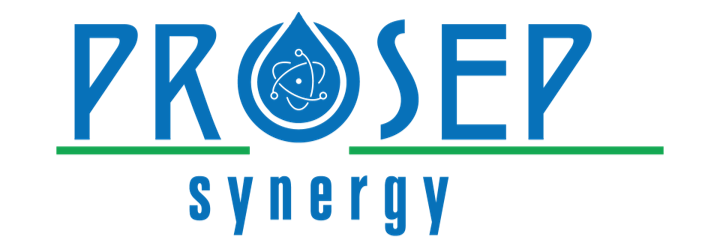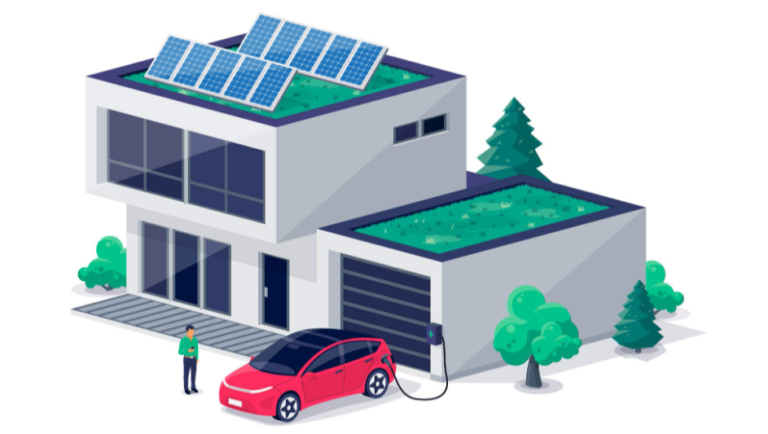We Install Solar Systems
You Save Money
Prosep Synergy is a fully certified solar energy solutions provider and installer.
- Reduce Energy Bill
- Ensure 100% Electricity Uptime
- Low Maintenance Costs
GET A FREE QUOTE
RESIDENTIAL | COMMERCIAL | CUSTOM INSTALLS
Submit your information and we will give you a call to get you a free consultation with a custom quote!
By submitting these details you are giving your consent to Prosep Synergy to contact you using this data.

Custom Solutions
Built to suit your needs and your budget
Residential
Residential solar reduces energy costs and carbon footprint, while promoting clean, renewable energy. Solar panels use sunlight to generate electricity without emissions, and homeowners can feed excess energy back to the grid. Systems include panels, inverter and battery backup.
Here's what our customers have to say
We work with the worlds
LEADING BRANDS
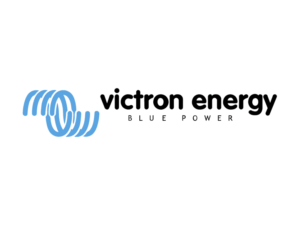
Victron Energy is a leading Dutch manufacturer of solar inverters, battery chargers, and other solar power equipment.
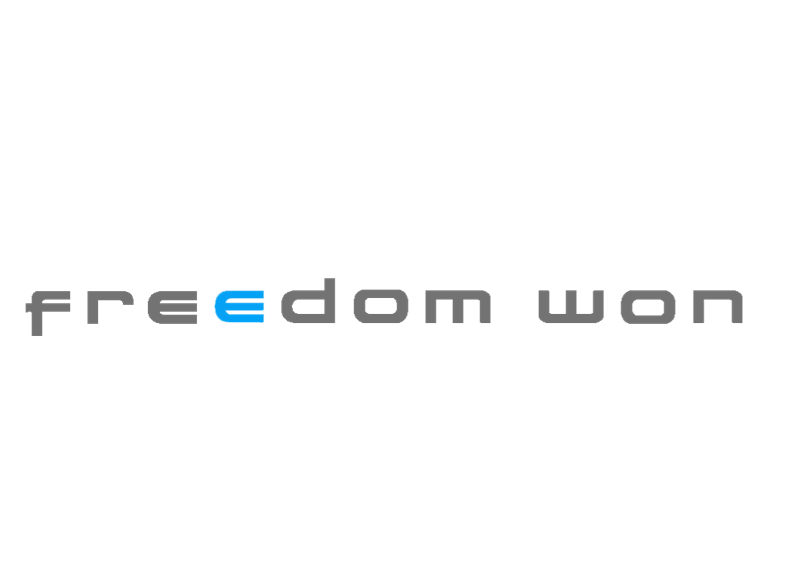
Freedom Won is a certified solar installer that is committed to providing high-quality solar panel installation services at an affordable price.

Sun Sync is a certified solar installer that has been providing reliable solar panel installation services for over 10 years.

Canadian Solar is a leading global solar panel manufacturer, with a track record of delivering high-quality products and services.

JA Solar is a leading Chinese solar panel manufacturer, with a reputation for high-quality products and services.

Deye Solar is a well-respected Chinese solar panel manufacturer, with a focus on innovation and customer satisfaction.

Deye Solar is a well-respected Chinese solar panel manufacturer, with a focus on innovation and customer satisfaction.
How a Solar System Works
Solar energy has emerged as a reliable and widely used energy source utilising the sun’s abundant power to produce electricity. It can be challenging to understand how this process operates. Still, we can better comprehend this remarkable technology by dissecting it into its fundamental parts – solar panels, direct current, inverters, meters, electric boxes, alternating current, batteries, and the utility grid. To understand how these components work together to transform sunlight into usable power for our homes and businesses, we will examine each part individually in this explanation. This guide will explain how solar power works, from the solar panel to the utility grid, whether you’re considering installing solar panels or are just interested in renewable energy technologies.

PV Solar Panels
Solar panels initiate the process of using solar energy. They comprise several solar cells, most of which are silicon-based. A solar cell’s layer-structured semiconductor silicon generates an electric field. The solar panels are placed where they can receive the most sunlight, usually on rooftops or in open spaces.
Electrons in the silicon cells are dislodged from their atoms when sunlight, made up of photons, strikes the solar panels. The photovoltaic effect is the name given to this process. DC electricity is produced as soon as the electrons begin to move.

Current in DC
Direct current (DC), a flow of electric charge produced by these moving electrons, is the result. In the process of converting solar energy to electric power, DC is the first type of electricity produced. Electric charge (current) only flows in one direction in DC.
Meter
The energy flows through a meter after the inverter transforms the DC electricity into AC. This meter tracks how much solar electricity your solar panels produce. The extra power is sent back to the grid if your system has more electricity than you are using. You may receive credits on your utility bill due to this process, which is called net metering.
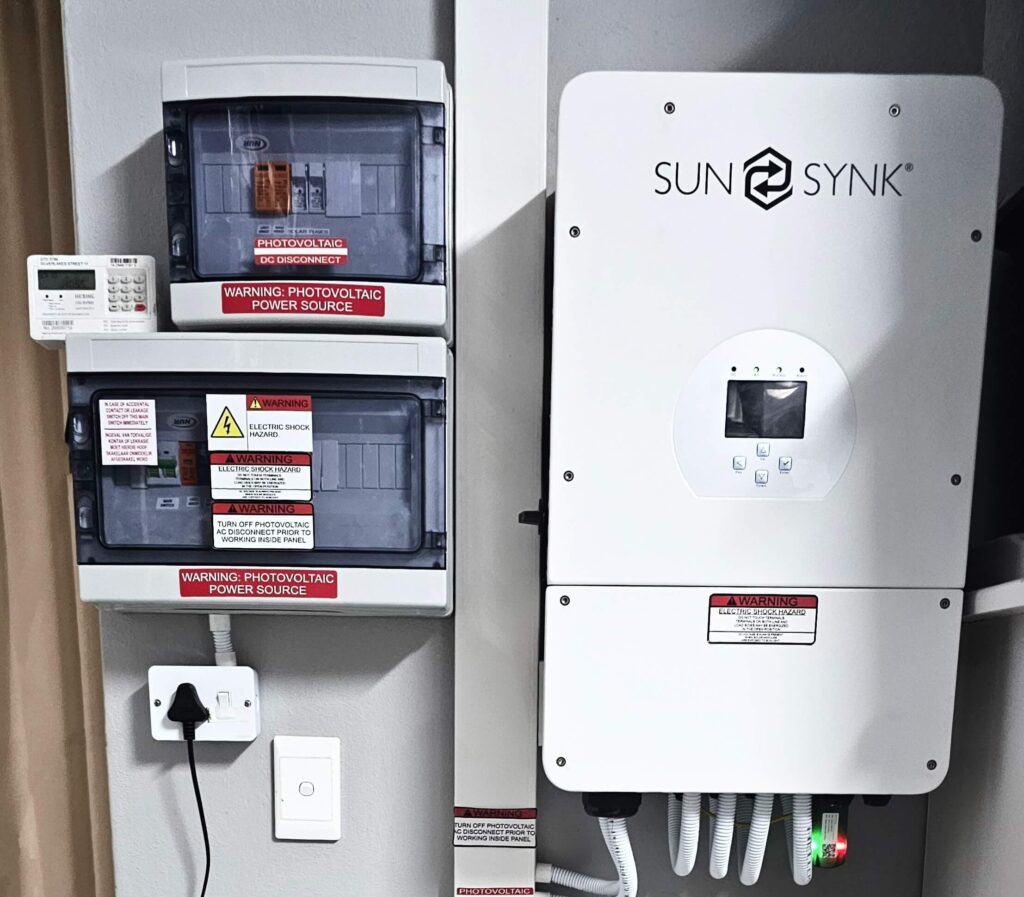
Inverter
When it comes to solar power systems, it is important to understand that most home appliances are designed to function with alternating current (AC). However, the electricity generated by solar panels is typically direct current (DC). Therefore, there is a critical piece of equipment that is needed to bridge this gap: an inverter.
The inverter is a crucial component of any solar power system, as its primary function is to convert the DC power generated by the solar panels into usable AC power. Since the majority of household appliances and the electrical grid require AC power to operate, this conversion is absolutely necessary. Essentially, the inverter serves as the intermediary between the solar panels and the rest of the electrical system.
Without a properly functioning inverter, it would be extremely difficult (if not impossible) to utilize solar power to its full potential. This is why understanding the importance of this device is key to ensuring that your solar energy system is both efficient and effective.
Electric Box
The electric box, called the breaker box or service panel, receives the AC electricity afterwards. This box distributes the AC power throughout the house’s circuits, powering various fixtures and appliances.
A/C Power
The typical form of electricity for residences and commercial establishments is alternating current, or AC. In AC, the electric charge periodically reverses direction, unlike in DC, which flows in a single direction. Due to its ability to travel over long distances without suffering significant power loss, AC is better suited for grid distribution.
Batteries
Batteries are a vital component for anyone who wants to effectively leverage solar energy. Their significance stems from the fact that not all solar power systems come equipped with batteries. Solar panels have the potential to produce more energy in a day than you may need, which is where batteries come in to play. Rather than having excess energy flow back into the grid, batteries allow you to store it for later use. This feature enables you to utilize the excess energy at night or on days when solar panels do not generate energy (such as on cloudy days).
The stored energy in batteries ensures that solar energy – when combined with storage – can deliver a steady supply of electricity around the clock, regardless of weather conditions. This makes solar energy a reliable and consistent source of energy, suitable for anyone who is interested in sustainable practices and harnessing the power of natural resources.

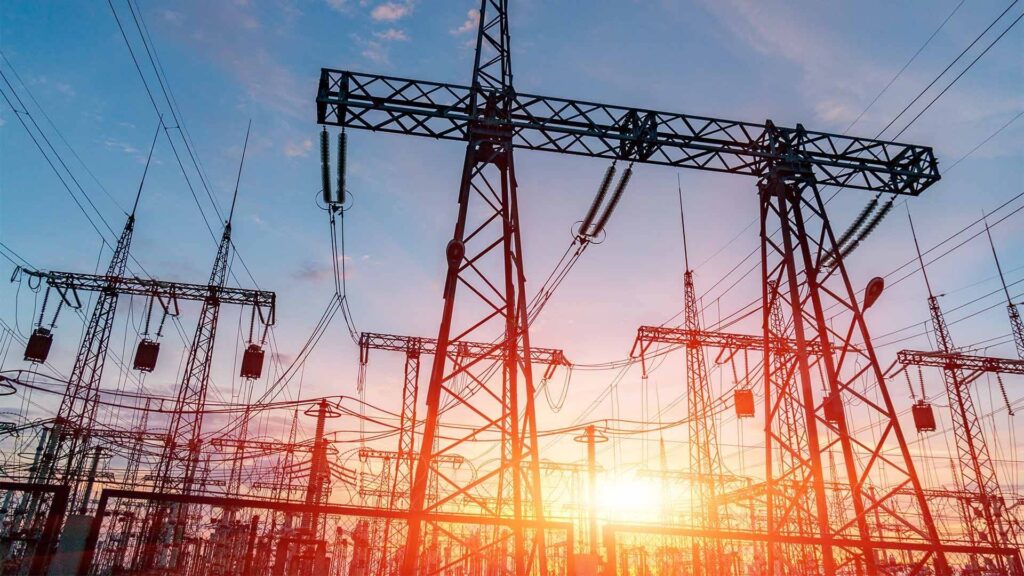
Power Grid
The utility grid is an additional power source and energy storage device for grid-connected solar installations. Electricity produced in excess by your solar panels is transmitted to the grid. You can use the grid to get power when your panels can’t supply it, such as at night or in bad weather. You frequently receive credit for the extra power you produce through net metering, which reduces your out-of-pocket expenses when you use the grid for power. This connection guarantees a steady flow of electricity, even during times of high demand or low solar output.
